Lucid Group Faces Increased Risk Amid CEO Departure and Cash Burn
Lucid Group Faces Heightened Risk As CEO Exits and Cash Burn Intensifies
Lucid Group (NASDAQ: LCID) has consistently attracted attention for its ambitious plans in the electric vehicle (EV) market. With a market capitalization below $7 billion—less than 1% of Tesla’s size—Lucid is poised for impressive growth, with sales expected to increase by 78% this year and another 96% next year. Yet, these opportunities come with significant risks that could jeopardize the company’s future.
Concerns Grow After CEO’s Unexpected Departure
A major turning point for Lucid came after the company reported a $397 million loss in the fourth quarter. Shortly afterward, Peter Rawlinson, Lucid’s CEO and long-serving leader, announced his resignation. Rawlinson, who guided Lucid for 12 years and oversaw the launches of landmark models like the Air sedan and Gravity SUV, stated, “Now that we have successfully launched the Lucid Gravity, I have decided it is finally the right time for me to step aside from my roles at Lucid.” Despite his assurances, Rawlinson’s abrupt departure and absence from the quarterly conference call have heightened uncertainty among investors.
Analysts Warn of Critical Challenges Ahead
Bank of America’s John Murphy, who recently downgraded Lucid’s stock to underperform, believes Rawlinson’s exit may have more serious consequences than many realize. Murphy noted, “We now expect product development to stall, consumer demand to be dampened, and anticipate additional funding opportunities could be put at risk.”
Securing funding remains the most pressing risk facing Lucid. The company has less than $1.9 billion in cash, while it recorded a $2.4 billion loss over the past year. In late 2024, Lucid raised $1.75 billion even as its stock price struggled, resulting in a 30% increase in shares outstanding over six months. Despite these efforts, the ongoing high cash burn and accelerating share dilution continue to threaten Lucid’s ability to self-finance operations.
If access to capital deteriorates further, analysts argue that Lucid’s situation could become dire—a risk that may be underestimated by the market.
Will Lucid Group Overcome These Challenges?
Like many young EV manufacturers, Lucid has yet to achieve profitability due to the high costs of designing, building, and scaling its operations. Profitability typically only emerges once a company can release affordable, mass-market vehicles at sufficient scale.
Lucid is planning to launch three new mass-market vehicles, with the first expected to begin production in late 2026. However, such timelines can be delayed, and while the recently launched Gravity SUV may help boost sales, positive earnings may still be years away. This prolonged timeline means Lucid will remain reliant on external funding in the near future.
Current analysis suggests Lucid requires around $500 million in cash each quarter to stay operational. With its present resources and potential additional stock offerings, the company should have enough funding for at least another year. However, developing new mass-market models will likely demand substantial additional capital, leading to further share dilution. While Lucid may survive, it’s uncertain whether existing long-term shareholders will ultimately benefit from their investment.
This content is for informational purposes only and does not constitute financial advice.

